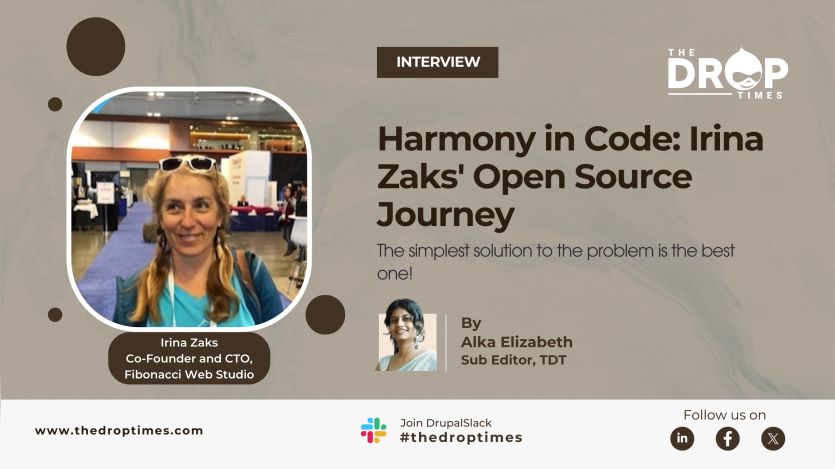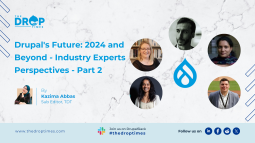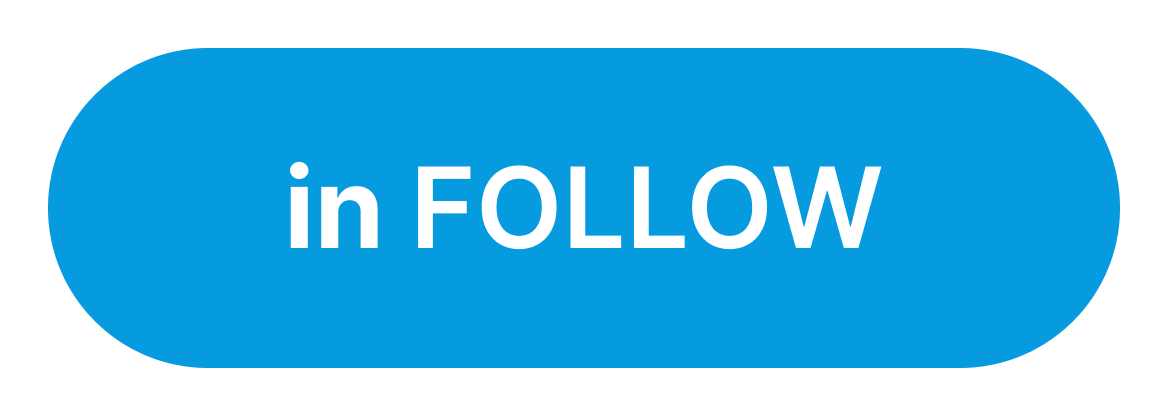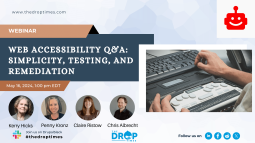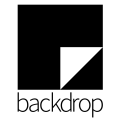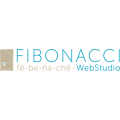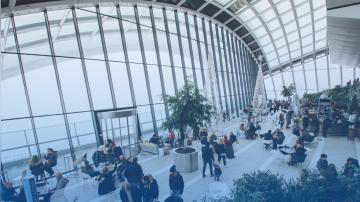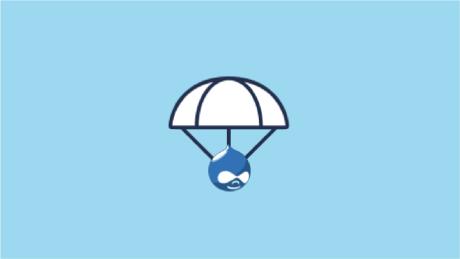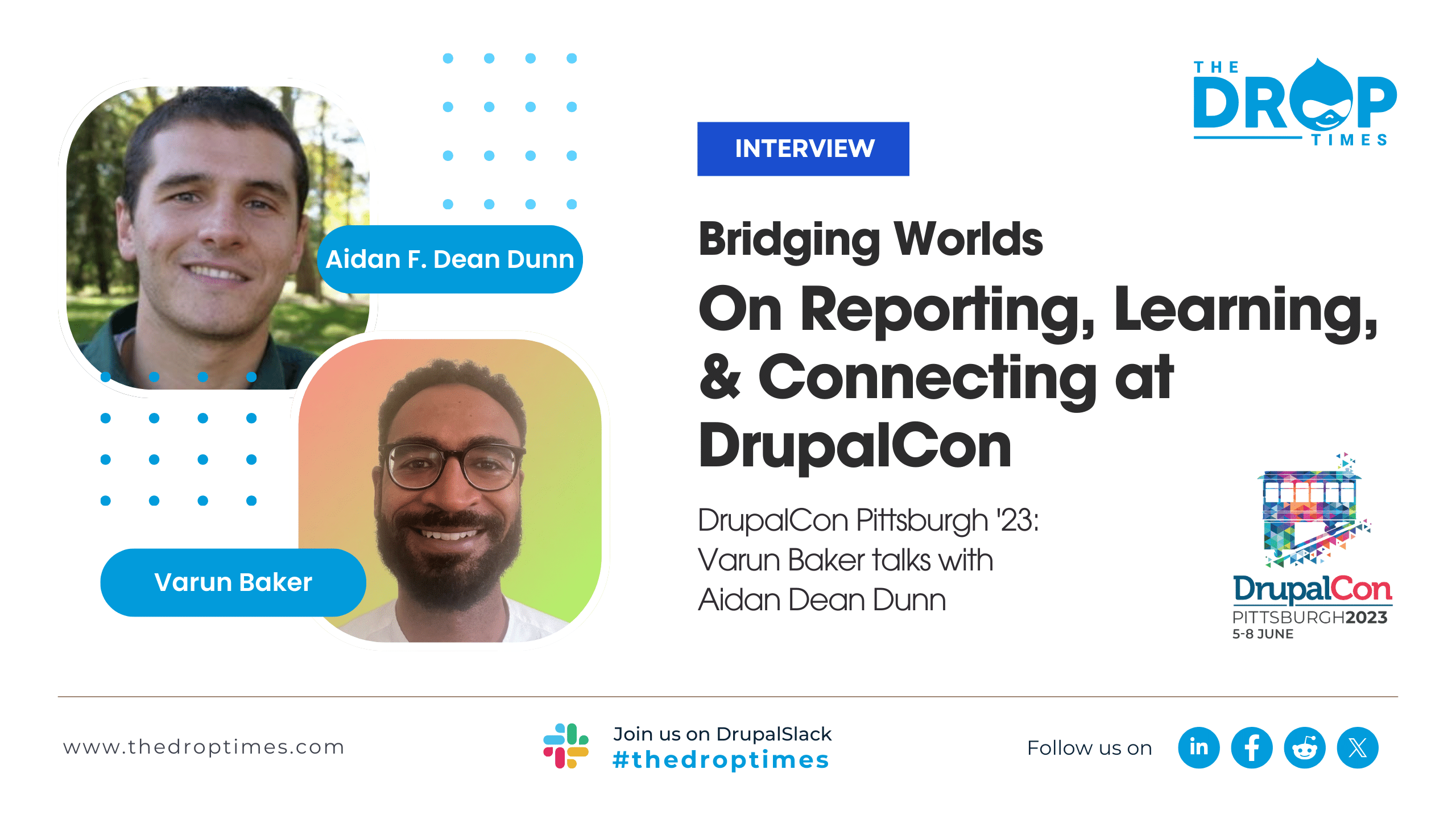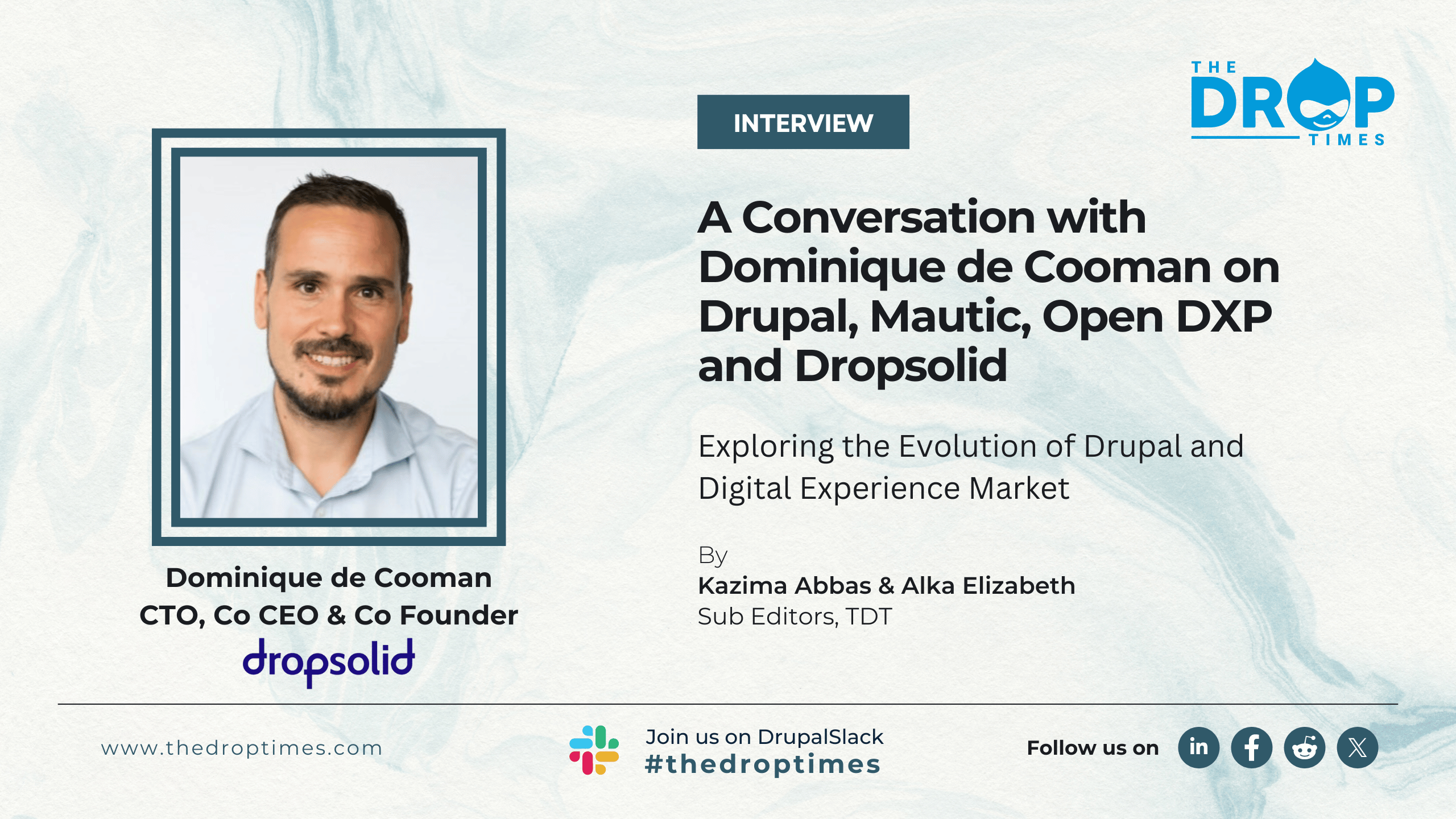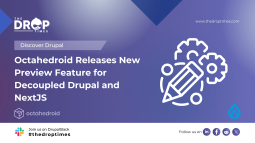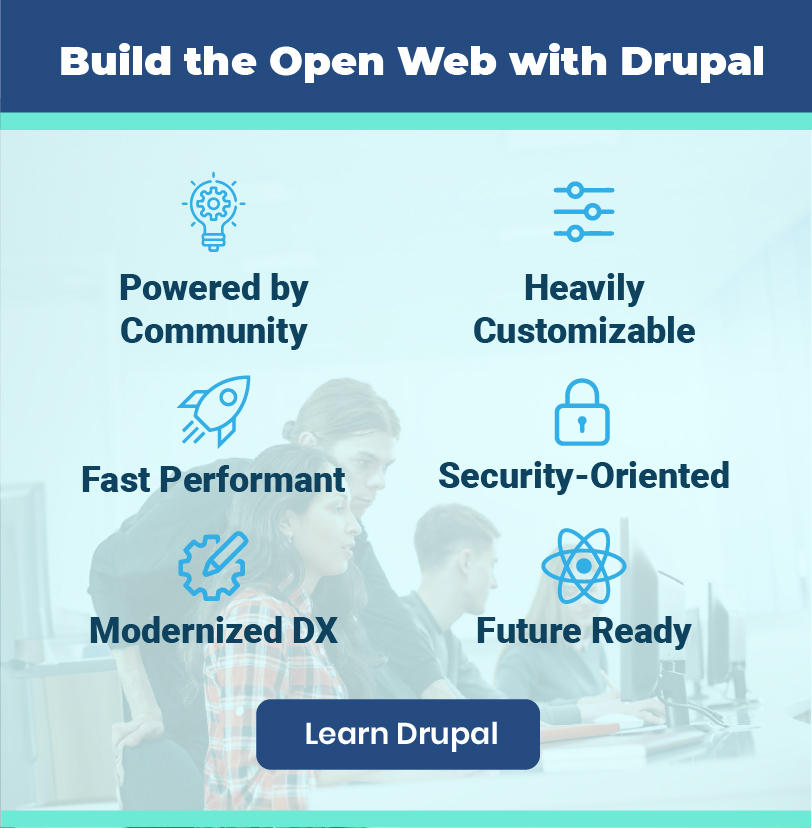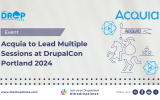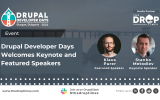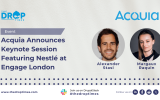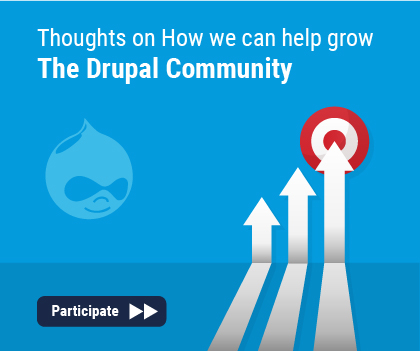Harmony in Code: Irina Zaks' Open Source Journey
Irina Zaks stands out in the world of web development, having charted a unique path from quantum physics to founding Fibonacci Web Studio, a company focused on developing advanced web solutions for research and academia. With a robust background that includes a master's degree in quantum physics from the University of Latvia, Irina's journey through data networks, the communication industry, and various nonprofit organizations has culminated in a career dedicated to leveraging web technologies for the greater good.
Her roles extend from being a visionary entrepreneur to an educator and open-source software evangelist, particularly noted for her contributions at the Stanford Open Source Lab and her previous work at Stanford Law School.
Under Irina's guidance, Fibonacci Web Studio embodies principles drawn from mathematics and nature, notably the Fibonacci sequence, to foster harmony and simplicity in its projects.
"The Fibonacci sequence is a foundation for the Golden ratio, which has been a symbol of harmony, and we strive to create harmony in our projects and relationships."
A testament to her expertise and dedication to open-source technology, Irina Zaks is slated to lead an engaging session at Stanford WebCamp 2024. The session, titled "Backdrop CMS in Higher Ed: Stanford and Penn State Case Studies," promises to dive deeply into how Backdrop CMS has been instrumental in advancing web solutions within the higher education sector.
The interview, conducted via email by Alka Elizabeth of The DropTimes [TDT], delves into Irina's philosophy towards web development, her contributions to easing the Drupal migration process, and her efforts to promote open-source principles within the academic community. Irina shares insights into the unique demands of academic websites, the motivation behind the Drupal 7 Soft Landing Initiative, and the joy of teaching technology. Through her narrative, it's clear that Irina Zaks is not just shaping the present but also paving the way for future innovations in the intersection of web development and academic research.
Please read on.
TDT [1]: Transitioning from an MS in quantum physics to web development is quite distinctive. Could you elaborate on how your scientific background has shaped your approach to problem-solving and innovation in Drupal projects?
Irina Zaks: Physics profoundly explains the relationship between the visible world and its hidden mechanisms. The methods used in scientific research are pretty universal and guide my approach to problems, whether technical, psychological, or of any other nature: first, identify what problem we are trying to solve and, then, understand the connection between what is observable on the surface and the underlying structures and reasons.
TDT [2]: Fibonacci Web Studio is named after a series renowned in mathematics and nature. How does the concept of the Fibonacci sequence reflect the mission and values of your web studio, especially in developing solutions for research and academia?
Irina Zaks: The Fibonacci sequence is a foundation for the Golden ratio, which has been a symbol of harmony, and we strive to create harmony in our projects and relationships. The golden ratio, φ (1.618), is called the "Number of Beauty." The other founding principle of our web studio is Occam's razor, which, in plain English, sounds like "the simplest solution to the problem is the best one." Avoid making solutions more complicated than the problem they need to solve. We often work on complex projects, and we strive to find the simplest solution (that is often not simple) that can solve challenging problems that we deal with.
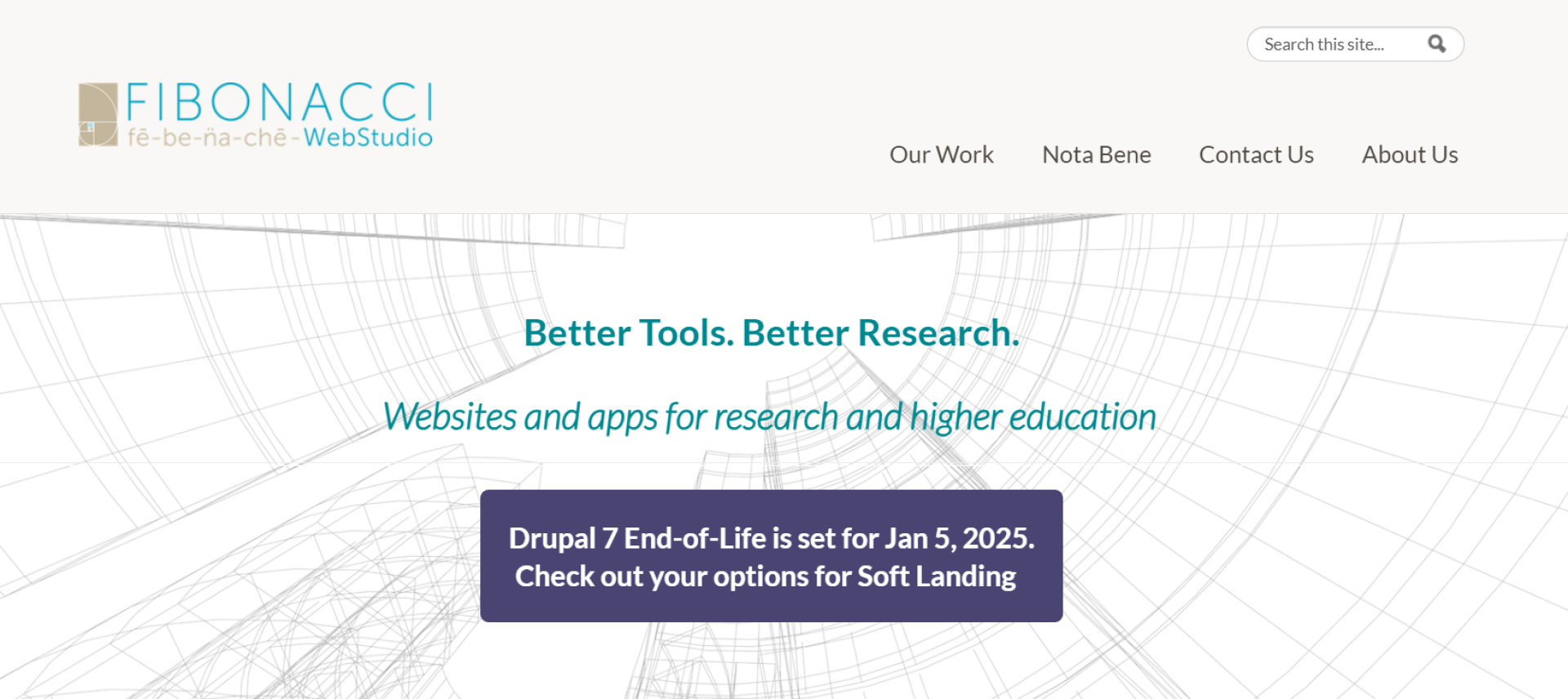
TDT [3]: What do you believe are the unique needs of academic websites, and how does your studio address these needs while fostering community and knowledge sharing?
Irina Zaks: Each research project is unique in its own way. In our studio, we learn from subject experts what aspects of their research need to be surfaced and presented to website visitors. We bring to the table expertise in web technologies and tools that allow researchers to do that (present research results) efficiently.
TDT [4]: Your role as an open-source software evangelist at Stanford Open Source Lab is intriguing. How do you promote open-source philosophies within academic environments traditionally dominated by proprietary systems?
Irina Zaks: The Stanford Open Source Lab was founded in November 2007 by a group of people from across Stanford who feel that openness matters. Over the years, we have continued to support open source principles and practical implementation through community practice, web camps, knowledge sharing, and practice of open source principles in technology, science, and social interaction. In addition to Open source in IT, Stanford also has 74 scientific open-source projects. A new Open Source Program Office (OSPO) was recently established at Stanford, supported by the Alfred P. Sloan Foundation.
TDT [5]: You have contributed significantly to simplifying the Drupal migration process, especially from Drupal 7 to newer versions. What were the most challenging aspects of this project, and how did you navigate these challenges to support the Drupal community?
Irina Zaks: The most challenging aspect of this project is communicating solutions to those who need them the most—end users of D7. We still have (in March 2024) 300K D7 sites out of 780K, almost ten years after D8 was released in 2015. Backdrop CMS was first released in 2015, and for the last several years, it has proven to be a sustainable alternative for D7 sites that need the power of Drupal but do not have sufficient budgets to support Drupal with composer (D8/9/10). Technical issues are being solved, one problem at a time, and we now have a great set of migration tools, but we also need experts who know how to use all these tools.
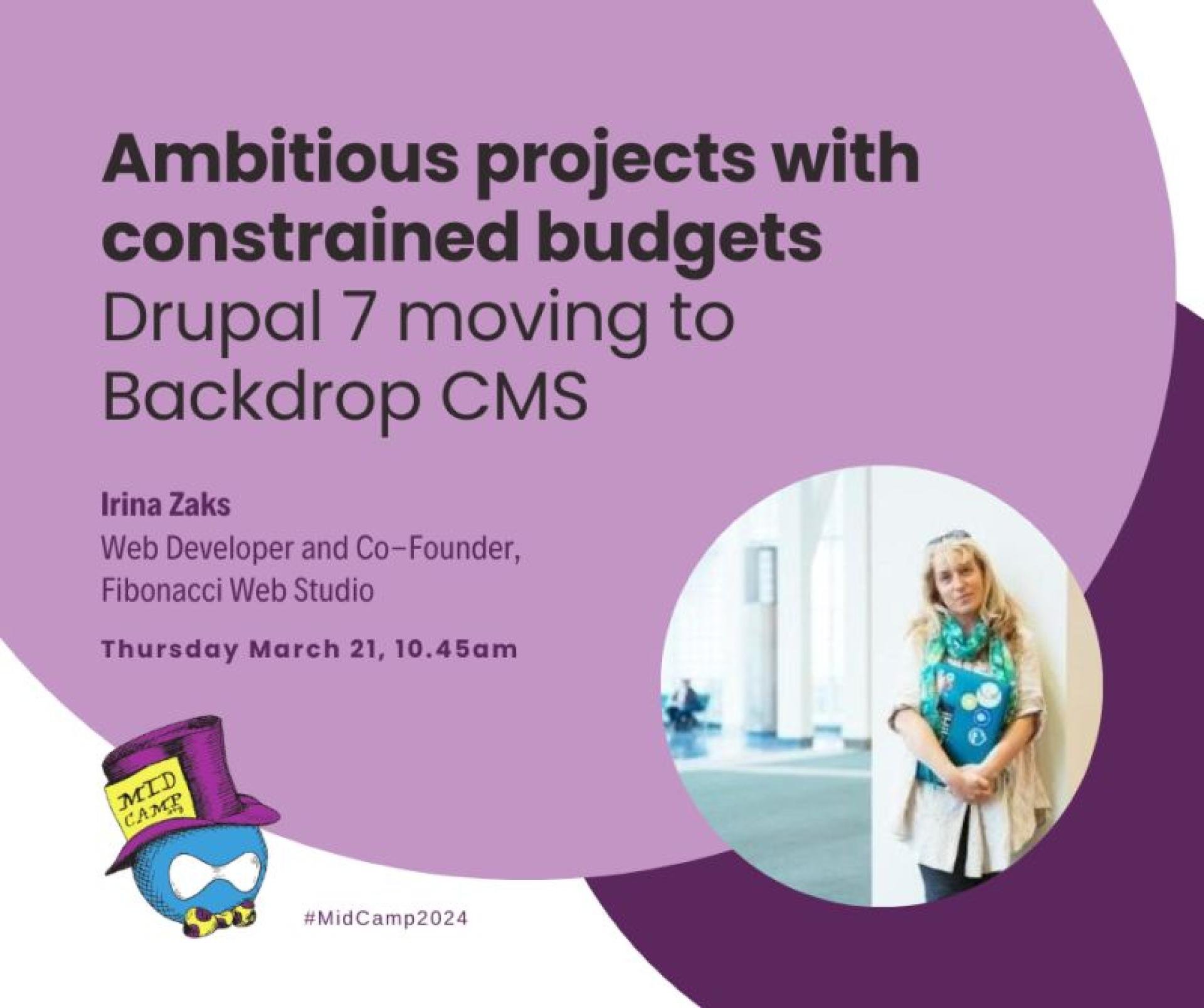
TDT [6]: The Drupal 7 Soft Landing Initiative marks a significant effort within the community. Can you share the backstory of your involvement and the personal motivations driving your dedication to this initiative?
Irina Zaks: My motivation for the D7 Soft Landing initiative was the urgent need to support over 300K remaining (in 2024) D7 sites with affordable migration options and tools. When Drupal 8 was released (in 2015), I was super excited about the new technology and the first site that I moved from D7 to D8 using the new built-in "one-click" upgrade. I could not stop talking about how great it is. However, the development trajectory of Drupal on 8/9/10 made the new CMS not affordable for most of the projects I support due to new requirements for version upgrades, support costs, and mounting dependencies, not to mention migrations.
It was when I discovered a brilliant solution offered by Backdrop CMS—the fork of Drupal that was created by visionaries who very early understood the cost of maintenance of new Drupal. This article published in Drupal Watchdog magazine provides insights into the Drupal ecosystem, talking about how the new D8/9/10 architecture impacts .03% of developers who work on core, 3% of Drupal users who are contributing to the issue queues or meet at Drupal events, and the remaining 97%, the Drupal users community.
D7 End of Life (EOL) has been attempted several times since 2019. In June 2023, at the Pittsburg DrupalCon, the final plan for EOL in Jan 2025 was announced. This plan includes more support from the Drupal Association, community initiative(s), and collaboration with migration partners that provide various paths and tools for those who still need to move. As a part of the initiative, I helped develop better migration tools for both Backdrop CMS (D2B) and Drupal 9/10 (Feeds).
TDT [7]: As a Drupal instructor at Stanford University, you've been at the forefront of education in technology. How has teaching Drupal influenced your perspective on the software and its community? Furthermore, how do you stay updated with the changes in Drupal to provide the most current insights to your students?
Irina Zaks: One of the exciting aspects of teaching users of sites.stanford.edu how to use Drupal is the opportunity to learn how content editors use systems we provide as software developers and get direct feedback on what works well and what does not.
The perspectives of developers and the needs of users are often very different. Often, as system developers, we are saying, "We would like to offer you this solution," and not so often do we have an opportunity to hear end users saying, "These are tools that we need so we can do our work more efficiently."
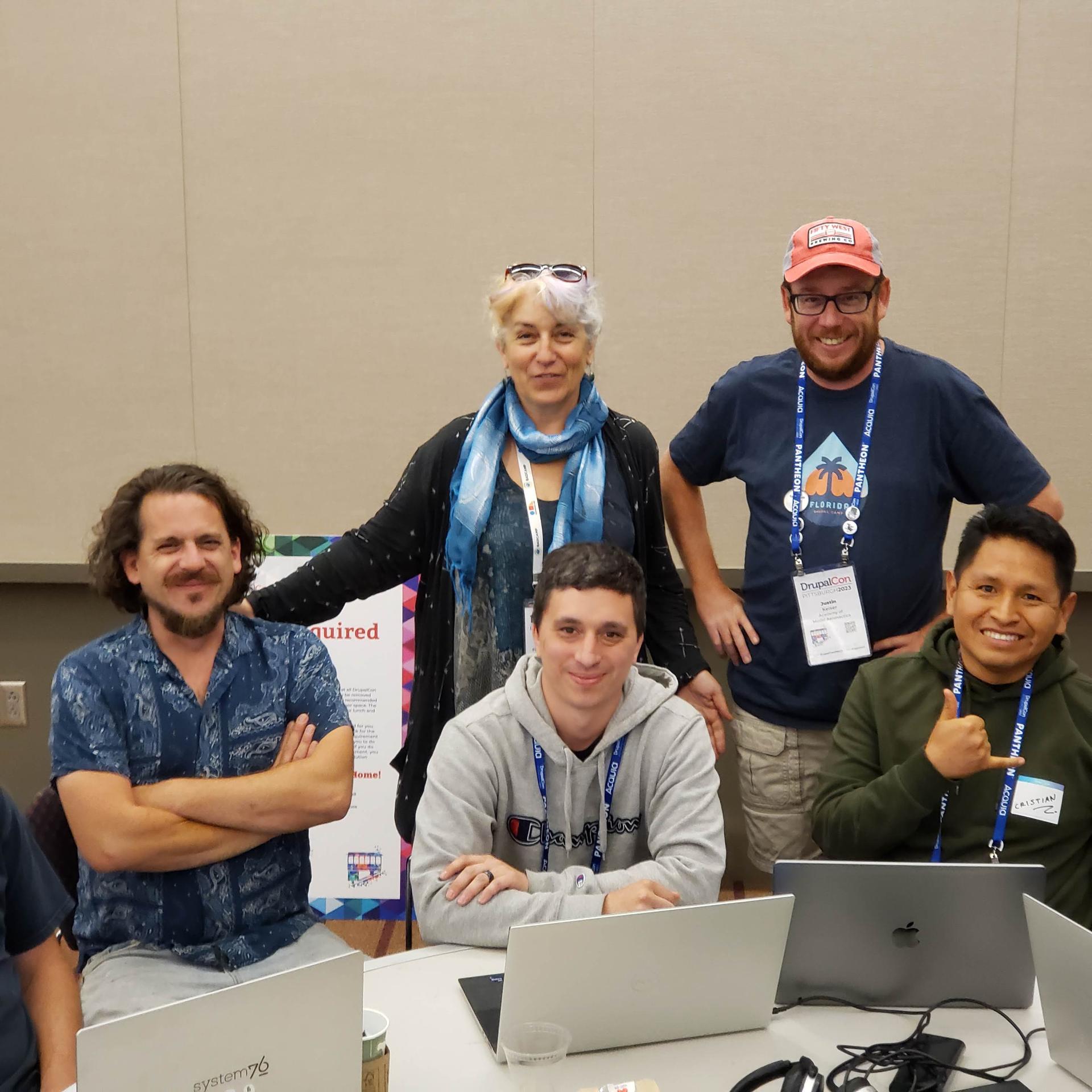
TDT [8]: Open-source contributions form a large part of your professional identity. Can you discuss a specific project or contribution you feel particularly proud of and explain its impact on the community or a particular sector?
Irina Zaks: It is challenging to select one project among many projects that make me feel happy and proud, so I will talk about the most recent one as most relevant in 2024, D2B (drupal to backdrop migrate). The D2B module uses the backup and migrate module as a foundation and adds an excellent UI for site builders. I proposed to do a sprint at BADCamp 2023, and between Nov 18 and Jan 7, during the holiday season, 30 issues were opened and resolved, and with three releases, the module is fully functional now. It is very inspiring to see the happy and surprised faces of those who try the module and say, "I did not know it was possible."
TDT [9]: Community engagement is a significant aspect of the Drupal experience. How has your active participation in the Drupal community, through events like DrupalCon and Stanford WebCamp, contributed to your personal and professional growth?
Irina Zaks: It brings joy into my life and allows me to connect with different people with the same mindset.
TDT [10]: Drawing from your journey, what targeted advice would you give aspiring developers, particularly women and underrepresented groups, who are interested in pursuing a career in Drupal and open-source technologies?
Irina Zaks: Before becoming a web developer, I worked as a vocational counselor in Sacramento for five years. After talking to each person who asked for such advice, I provided quality, targeted advice for career development. These days, I only provide targeted advice about choosing technology for a project.
But I can share a motto that I picked up from the "Life Is Good" brand—"Do what you love, love what you do." It is my compass when trying to navigate new paths in my life.
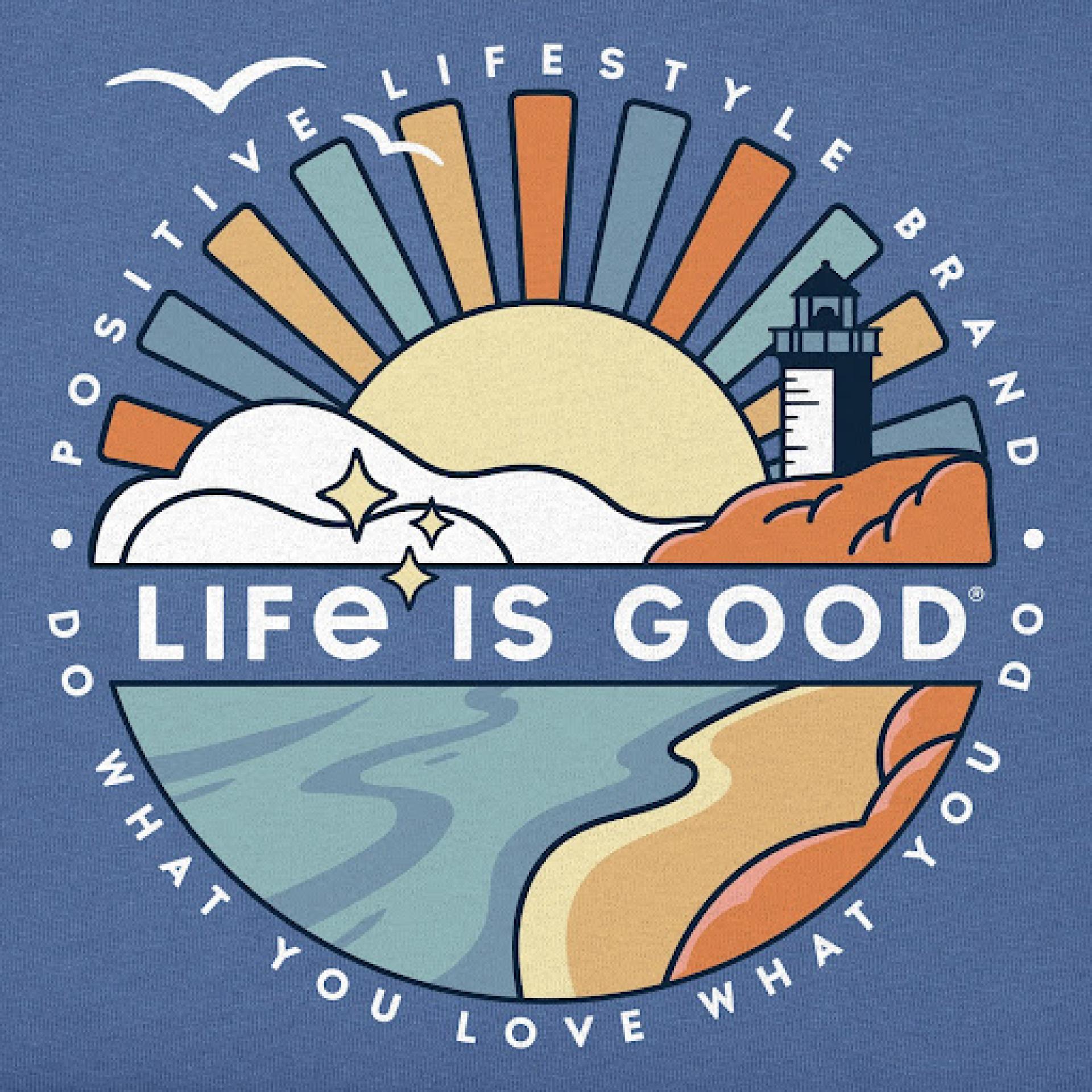
TDT [11]: Reflecting on your extensive career and diverse experiences, what has been your most rewarding moment or project in Drupal, and what do you hope your legacy within the Drupal community will be?
Irina Zaks: I have been blessed with many rewarding moments and am very grateful. I hope that my legacy in Drupal (and other) communities is the continuity of the community that keeps the values of respect, joy, and responsibility.
TDT [12]: Your LinkedIn bio notes, "Write code as if the person who ends up maintaining your code will be a violent psychopath who knows where you live". So, is there a personal attribute to code, a characteristic that distinguishes the code and the coder from others?
Irina Zaks: The word "code" is used here to refer to a generic matter that we create and leave behind. This line reflects one of our core values: responsibility.
We are responsible for the work we put out into the world. We are responsible for ensuring that our products are accessible and usable for those who use and maintain what we create. We are responsible to each other: we work hard to make each other's jobs and lives better and easier. We are also responsible to ourselves: to learn, grow, and be proud of the work we are creating.
Related Event Sessions
Disclaimer: The information provided about the interviewee has been gathered from publicly available resources. The responsibility for the responses shared in the interview solely rests with the featured individual.
Note: The vision of this web portal is to help promote news and stories around the Drupal community and promote and celebrate the people and organizations in the community. We strive to create and distribute our content based on these content policy. If you see any omission/variation on this please let us know in the comments below and we will try to address the issue as best we can.



